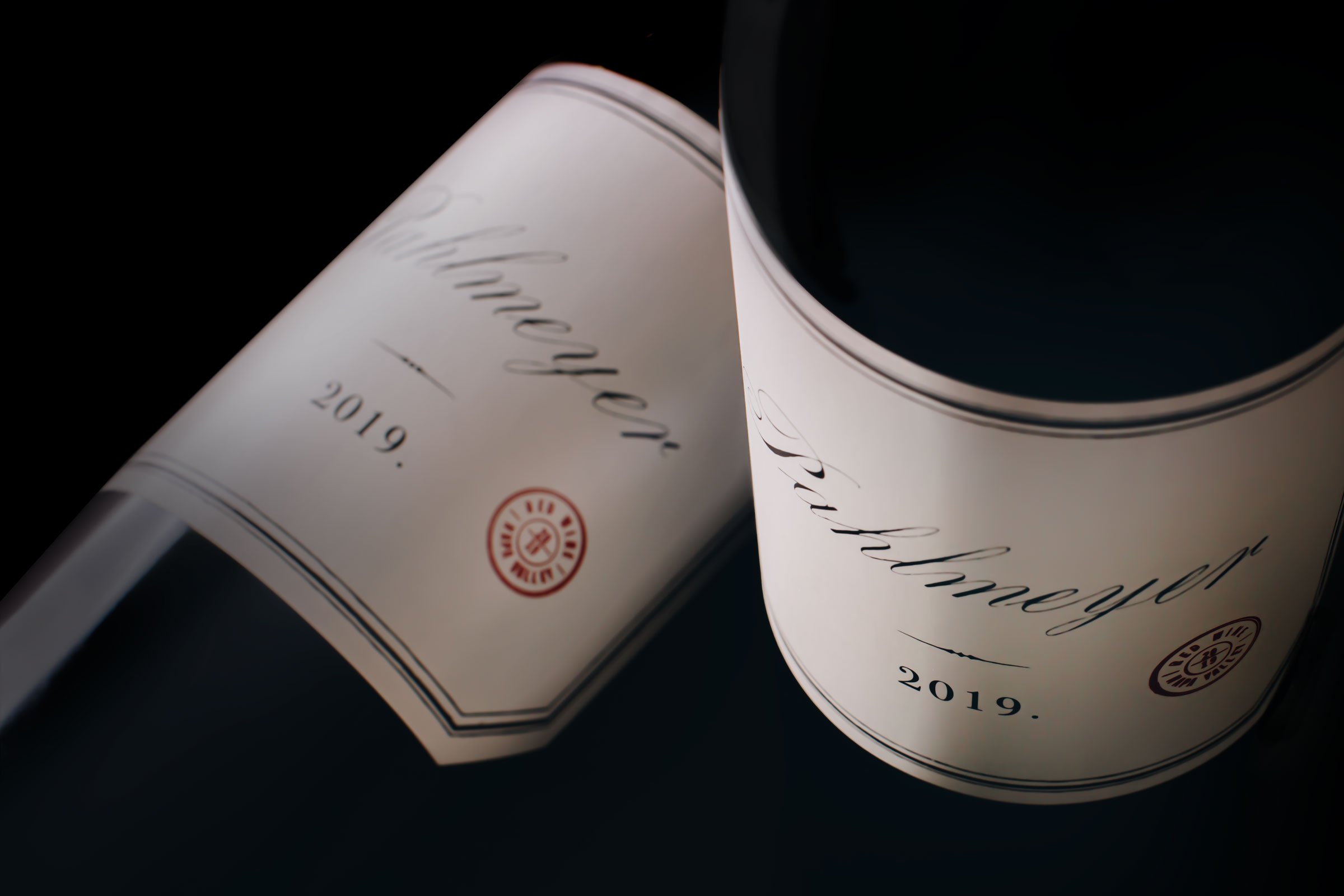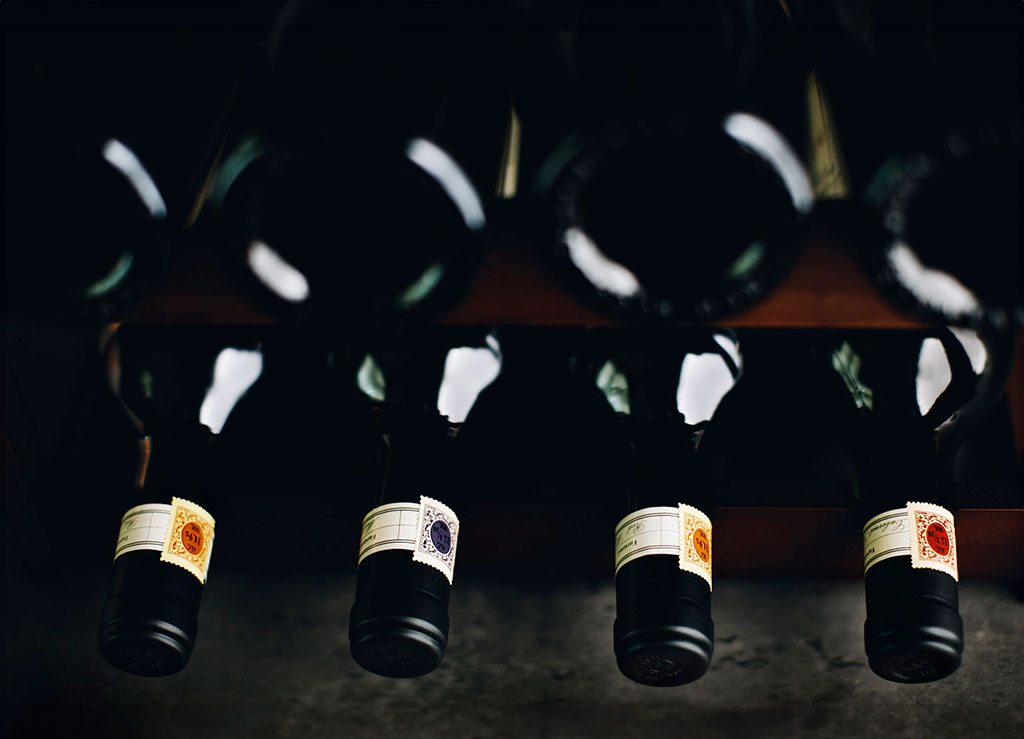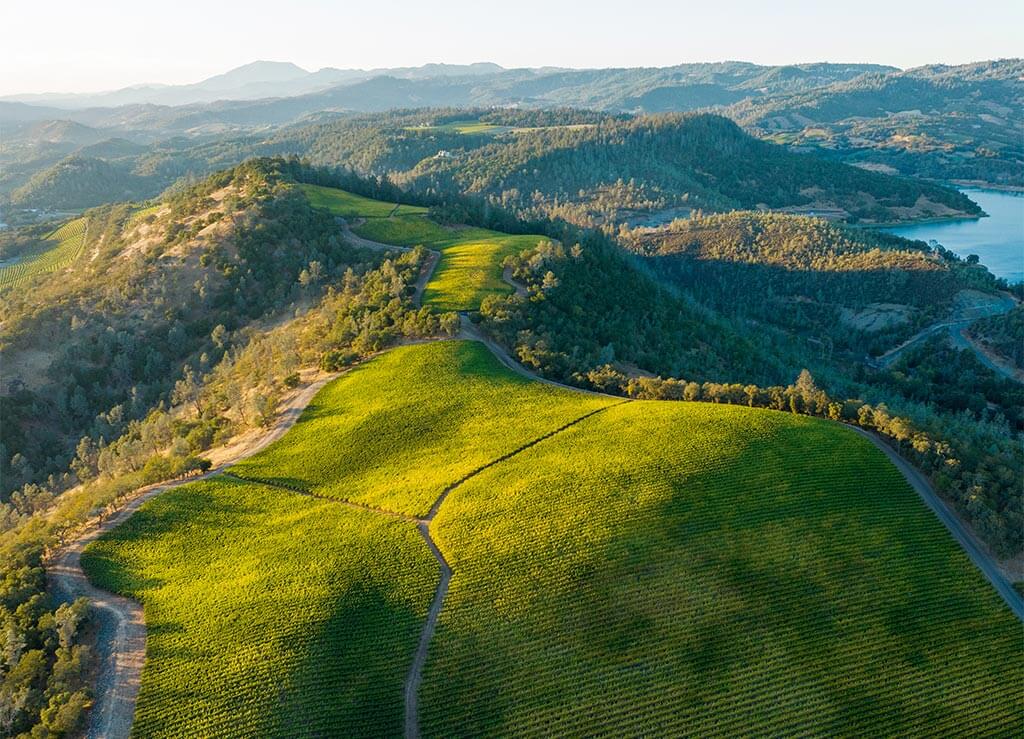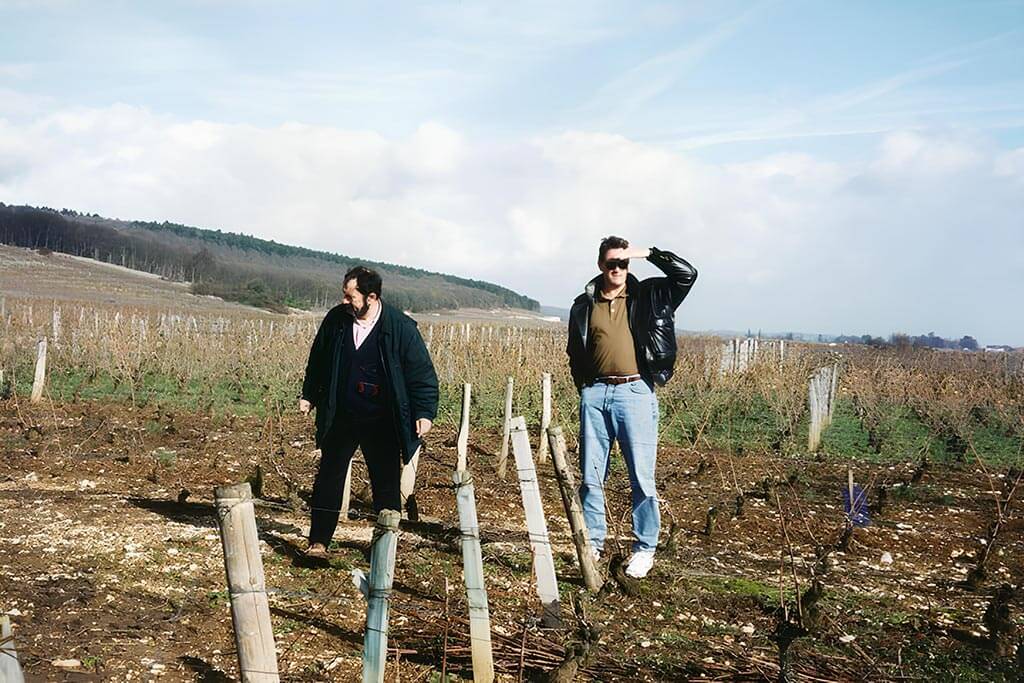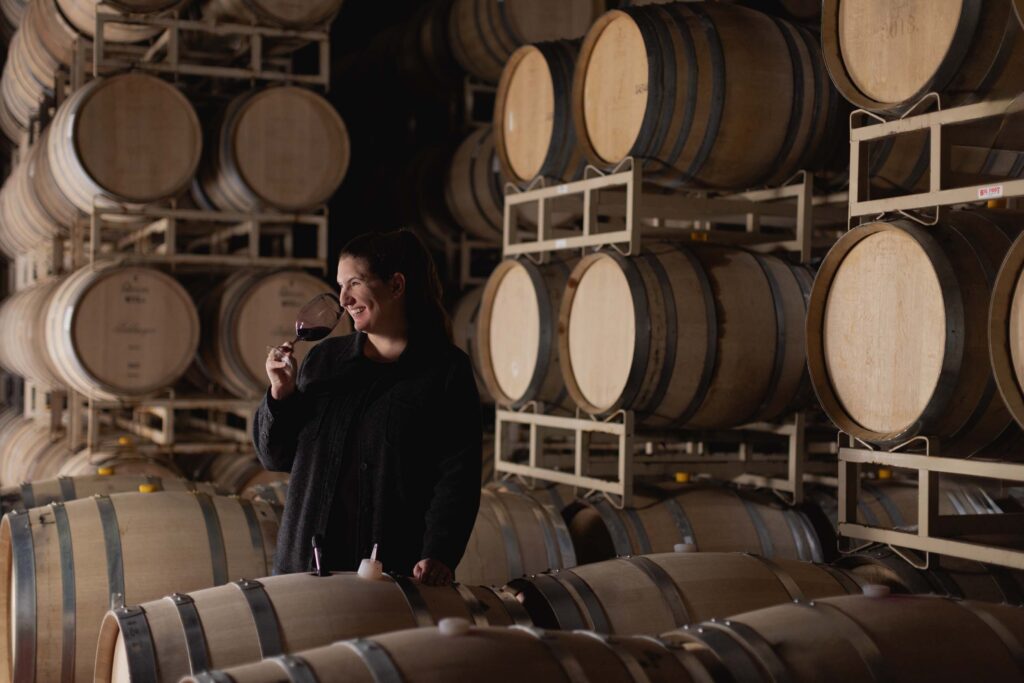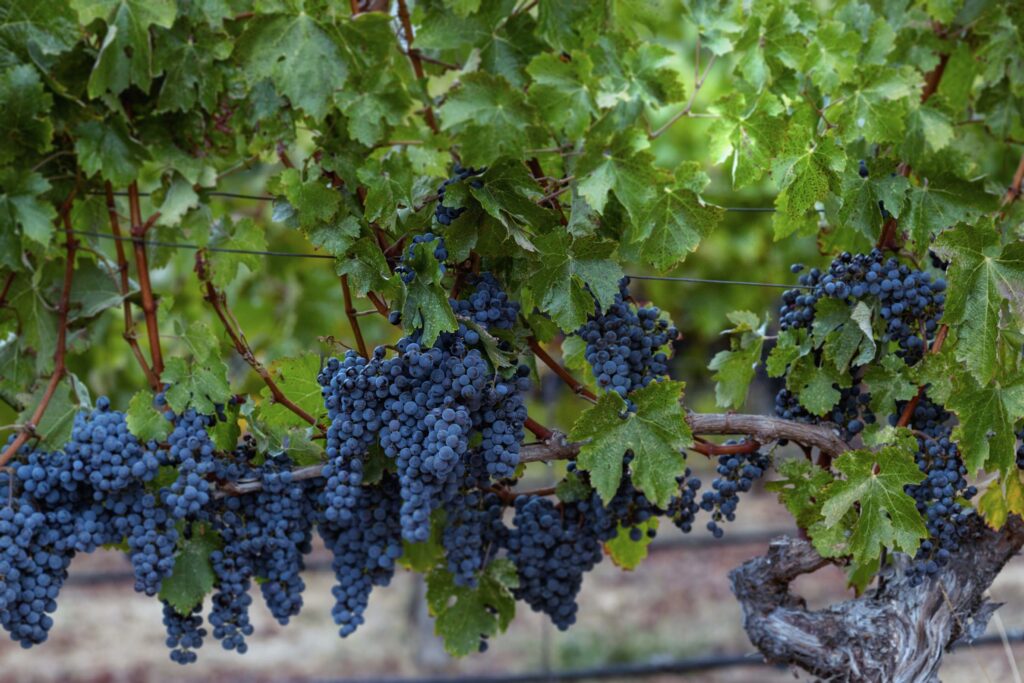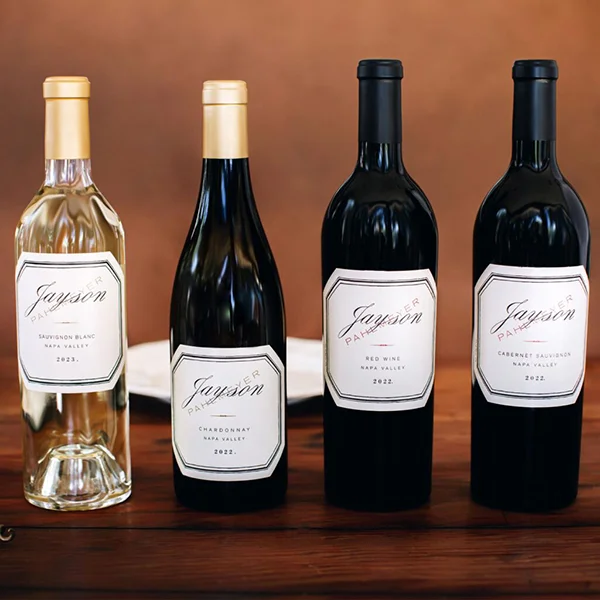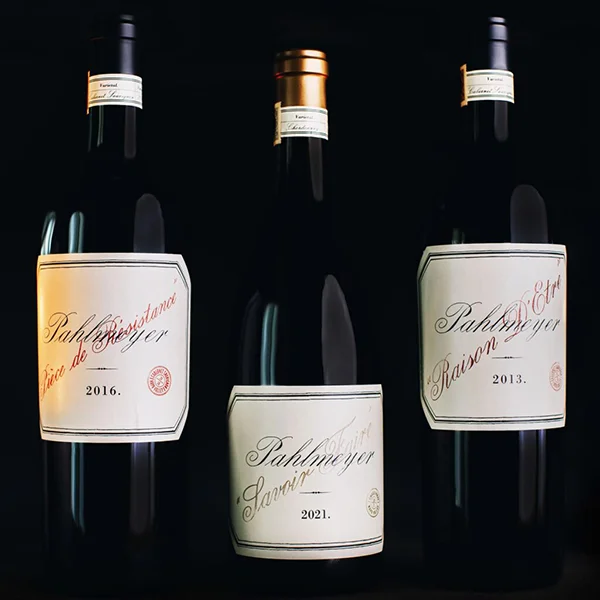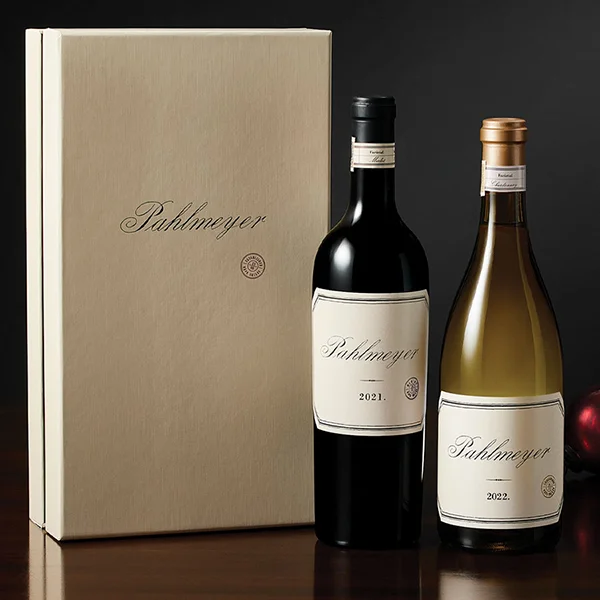For decades, Pahlmeyer Chardonnay has been an icon of the category… Fans of Pahlmeyer Chardonnay can feel confident with Vogt at the helm.
— Wine Spectator
This new era in Pahlmeyer’s story could end up being one of the most interesting for fine wine fans.
— Jonathan Cristaldi, Decanter
Things just get better and better at Pahlmeyer.
— Robert M. Parker, Jr., Wine Advocate
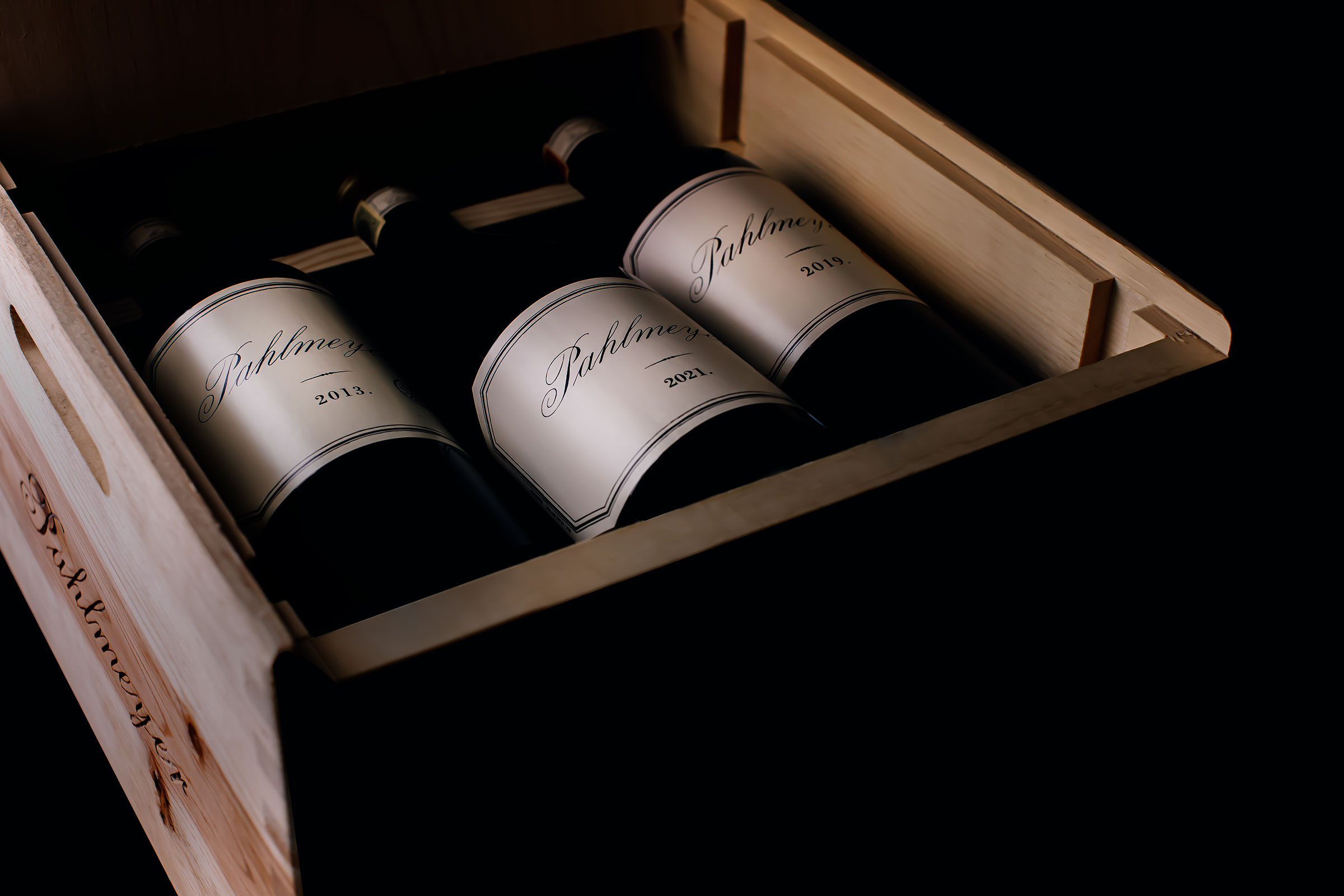
Founded in the 1980s by a wine-loving lawyer who smuggled in vines from France, Pahlmeyer, has become a Napa Valley institution. Today it is run by brilliant winemaker, Katie Vogt.
— Jonathan Cristaldi, Decanter
Self-assured, quick-thinking, and singularly focused, [Katie Vogt] approaches her work with the same reverence with which a die-hard fan would approach a treasured bottle of Pahlmeyer in their cellar.
— Jonathan Cristaldi, Decanter
Pahlmeyer wines attract both high scores and collectors.
— Robb Report
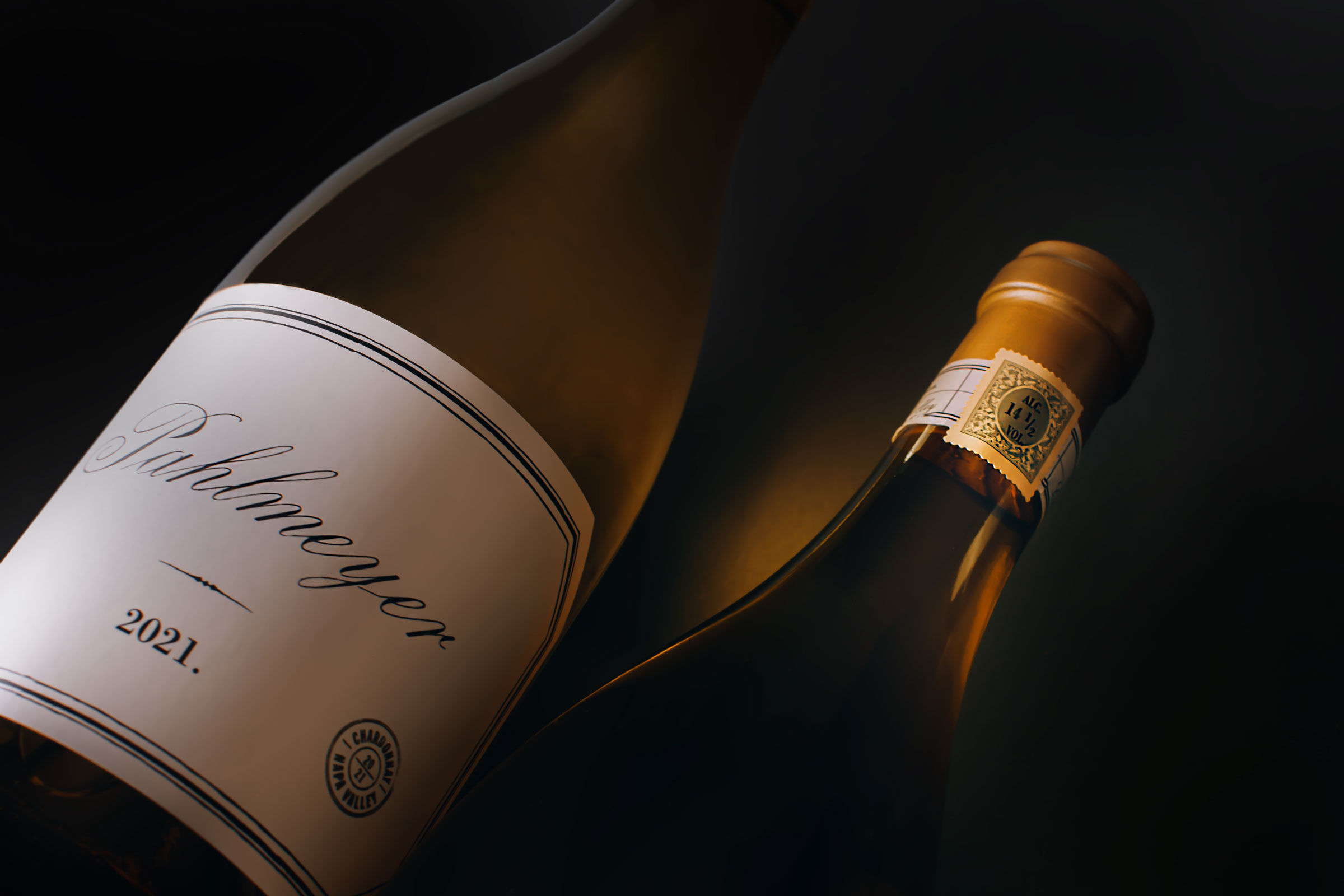
When our first wine was finally blended,
I thought I’d died and gone to heaven.
I thought I’d died and gone to heaven.
— Jayson Pahlmeyer
For more than three decades, the Pahlmeyer family has been perfecting its formula for the quintessential California Chardonnay.
— Wine Spectator
This pourable form of poetry is well and wholly done.
— Robb Report
